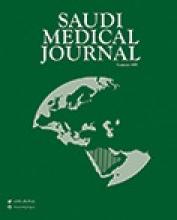Abstract
OBJECTIVE: Higher rates of outdoor injuries are found in older children, boys and children from more deprived areas. Some of the causes of these variations have been studied in some age groups and in different situations. To study children's perception of safety and danger and parents' views on the level of risk that their children attach to outdoor activities comparing age groups, boys and girls, and the less economically well off with the better off in order to understand outdoor accidental injuries.
METHODS: A cross-sectional study, obtained information from children aged 7 and 9 (n=471) and their parents (n=416) were living in Newcastle upon Tyne by self-completed questionnaires. Nine schools in different socio-economic areas were selected. Children were asked to paste different stickers on to the pictures in the classrooms. The parents' questionnaires were delivered by children and then returned to school after completion. The deprivation of an individual was accessed by Z-score of the households.
RESULTS: Older children compared to younger ones, boys versus girls and more economically deprived children compared to less deprived children had less perception of the dangers of outdoor activities. For example, older children compared to younger ones were more likely to perceive crossing a busy road with their friends (38.0% vs. 26.4%, P=0.007) as being safe. Boys compared to girls were more likely to perceive climbing wall (31.5% vs. 13.2%, P<0.001) as being safe. More economically deprived children were more likely to perceive cycling without a helmet (25.8% vs. 11.2%, P<0.001) as being safe than less economically deprived children.
CONCLUSION: These findings may partly explain the higher rate of accidental injuries among older children, boys and more deprived children. The results may inform how education of primary schoolchildren about dealing with activities such as crossing a busy road, climbing walls and playing in street and how parents should be conscious of their children's outdoor activities.
- Copyright: © Saudi Medical Journal
This is an open-access article distributed under the terms of the Creative Commons Attribution-Noncommercial-Share Alike 3.0 Unported, which permits unrestricted use, distribution, and reproduction in any medium, provided the original work is properly cited.






